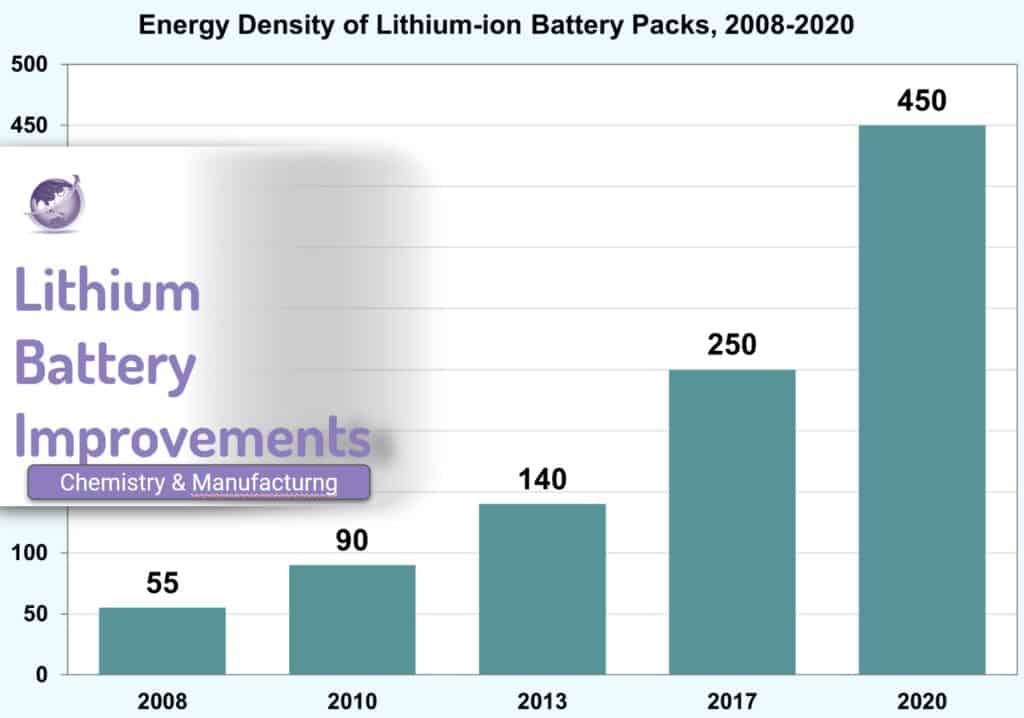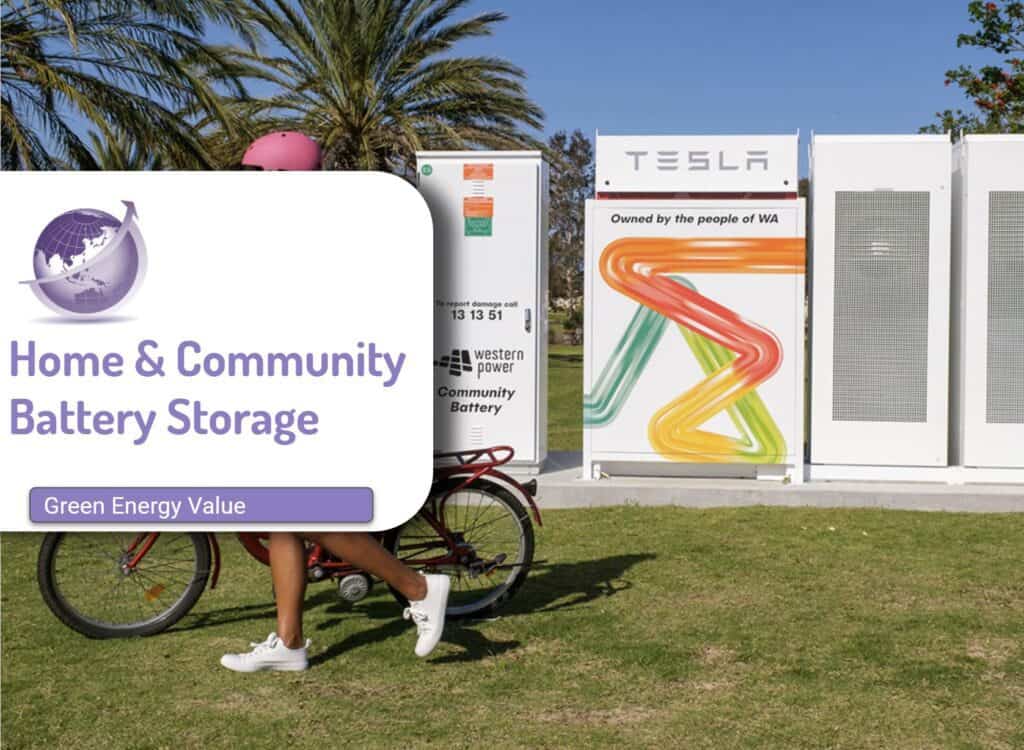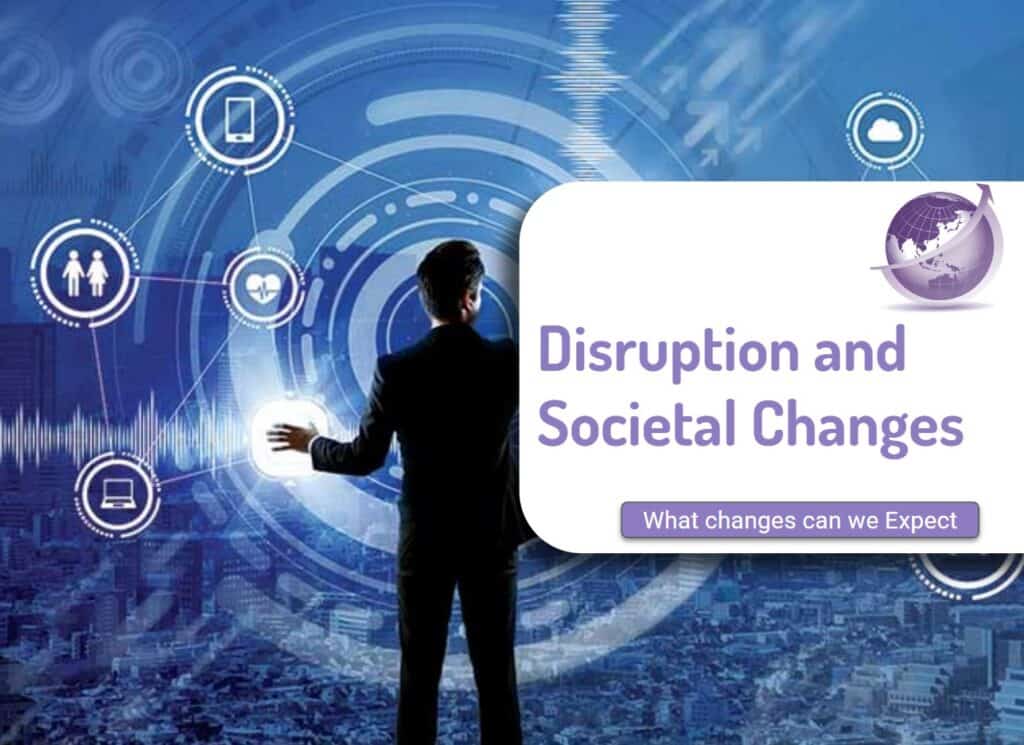Rapid adoption of renewable energy with the firming of electricity networks with batteries is transforming electricity from baseload to dispatchable and from synchronous into asynchronous storage. Understanding the concept of “synchronous” and “asynchronous” production is critical for the transformation of energy with renewable energy and batteries. Or as Prof Mark Jacobson calls it WWS.
- Synchronous is using electricity when generated. It is not stored for more than a few minutes
- Asynchronous is using electricity when needed. There is a step of “firming” which allows the efficient storage of electricity and both short-term and importantly long-term storage.

Synchronous vs Asynchronous Examples
Traditional and the new modes of electricity production and consumption, can be described using examples of water, food, and money as analogies for asynchronous storage and use.
Water Storage is Asynchronous
We take water storage for granted. When you turn on a tap, water comes out whether it is raining or not. Why? Somebody had forethought to capture the water when it fell as rain and store it for when you needed it. I.e. The principle of asynchronicity manages the drinking water supply.
They build these things called “dams”. Dams capture water when rain falls or snow melts on the catchment. Water is stored, and made available for use 24 hours a day 365 days a year.
Food is Asynchronous
Most of human life is the result of asynchronous production. The bread we eat comes from grain that is harvested once a year and stored in silos until required. We can eat bread all year round even though wheat is only produced once per year. Asynchronous production prevents a huge annual glut of wheat followed by eleven months of famine. Some fresh vegetable crops have to be grown continuously as we cannot apply synchronicity. Lettuce. Frozen lettuce is unpalatable, whereas cold storage technology enables apples to be “fresh” all year, although many don’t like end-of-season apples. Tasteless and soft.
Transforming Electricity from Baseload to Dispatchable
Electricity has always been the “odd person out” because
- Primitive, inefficient technology used in the past to generate electricity limited its production to a synchronous or “on-demand” model.
- Required generators to “follow” fluctuations in demand in real time.
- Needed sufficient supply in periods of peak demand.
- Therefore always had to maintain sufficient maximum production capacity to cater for the maximum peak load.
The theoretical peak is significantly more than twice the average daily demand (base load). Hence always had to build and maintain more than twice the production capacity needed most of the time. Much of our production capacity sits idle, depreciating, and not producing electricity. E.g. NEM demand is about 20GW demand, but the 100 generators capacity is nominally over 50GW. Coal and gas plants may have a capacity factor of ~50%. Even nuclear is at best 80%. The cost of building and retaining this redundant infrastructure has always been a major contributor to electricity bills.
Renewable energy harvesting and storage technology effectively allow us to treat electricity like we treat water, corn, wheat and money. Asynchronous use covers the situation when the sun does not shine or the wind does not blow.
Enough energy to supply electricity for a 24-hour period can be provided in less than 8 hours, provided a storage mechanism to create the asynchronous storage of electricity until it is needed.

Big batteries, pumped hydro etc, create the temporal buffer between production and consumption. It is the same way that a dam creates a temporal buffer between rainfall and our use of water.
- Reliability is higher than in a synchronous production mode.
- Significantly reduces the amount of primary production capacity that you need to build
- Maintains more alignment for supply to match demand.
New Network
The new electricity dispatchable network moves from synchronous to asynchronous.

Coal Has Been A Poor Generator of Electricity
The inflexibility and unresponsiveness of coal-fired generators created a need for “firming” services from inefficient and expensive gas turbines. It’s an unsatisfactory solution. The considerable “lag” between an increase in demand and the ability of a gas turbine to respond is seconds to minutes. Electricity providers are increasingly having to resort to “load shedding” in which a “non-critical” sector of the grid is isolated from the supply for a period of time to handle unexpected peaks in demand on other “critical” parts of the grid.
Hydro can be turned on or off within a few minutes, but often constrained by river flows, and or storage levels.
Big Batteries Becoming Popular
“Big batteries” are becoming increasingly popular with electricity providers. Their sub-millisecond instant responsiveness completely eliminates the lag in response from gas turbines. These FCAS services (Frequency Control Ancillary Services) maintain voltage and frequency but batteries can also provide arbitrage of electricity. (See Grid Batteries).
Conclusion
Unlike everything else that we use, electricity has always been produced synchronously. We lacked the technology to provide asynchronously and to do it properly. We now have the technology to produce and use electricity like any other commodity. And with variable renewables and firming with batteries the cheapest form of generation, the change to renewable energy will accelerate.
References
Dynamic Modelling and Control Design of Advanced Energy Storage for Power System Applications – Scientific Figure on ResearchGate. Available from: https://www.researchgate.net/figure/Classification-of-energy-storage-technologies-based-on-the-storage-capability-Energy_fig1_221906868 [accessed 27 Nov, 2023]









